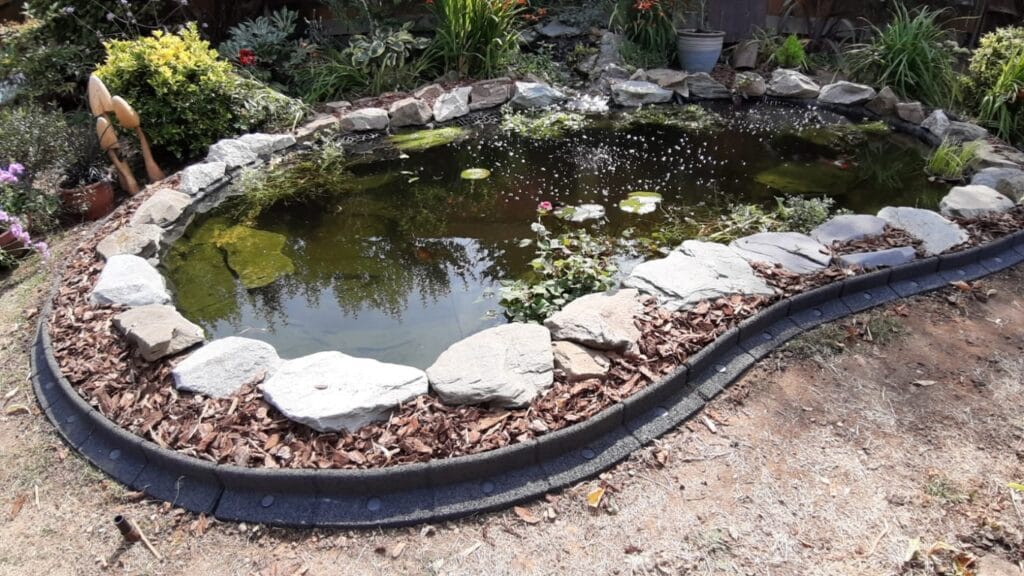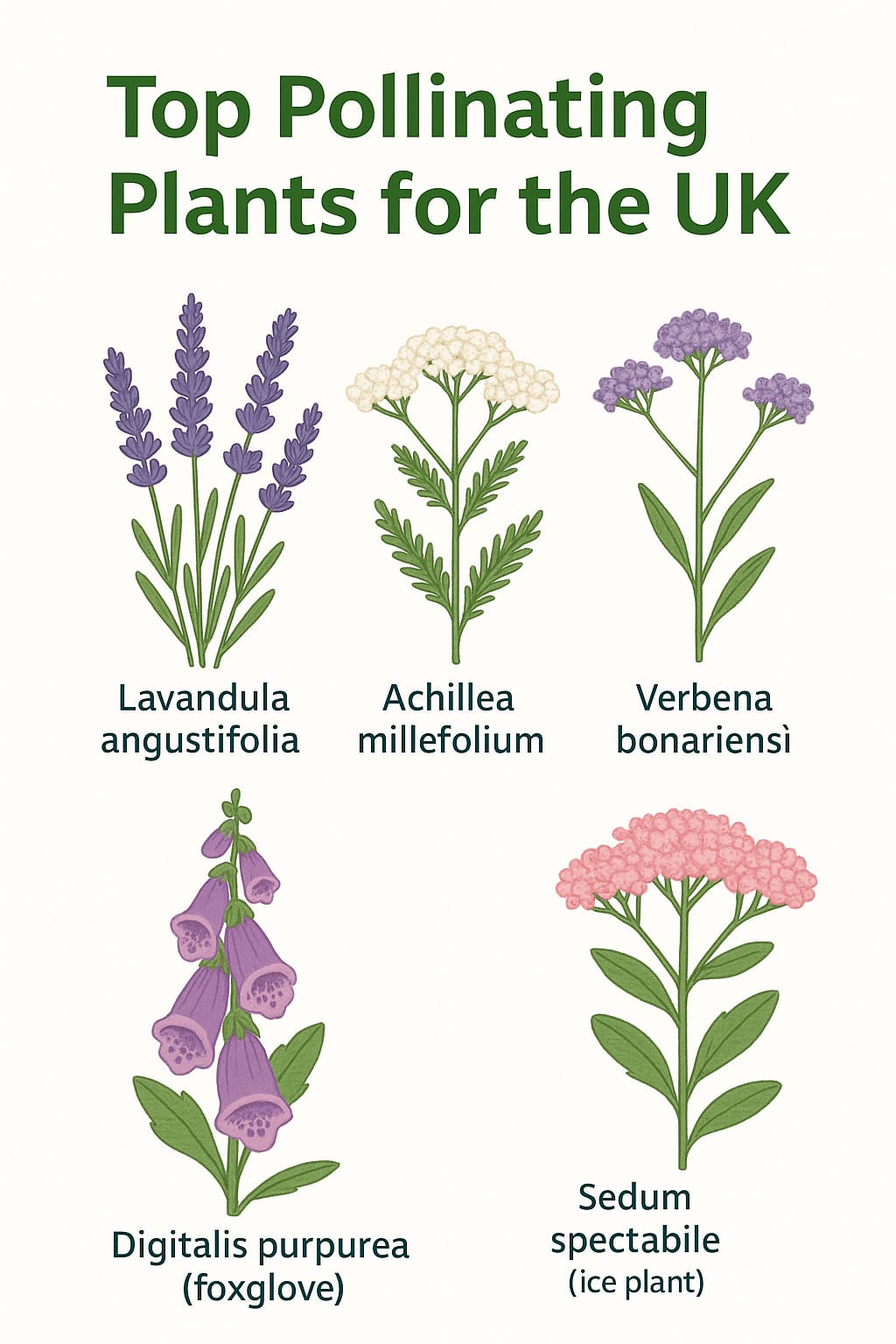In an era of declining biodiversity, creating a wildlife-friendly garden is one of the most rewarding things gardeners can do. Not only does it provide a haven for birds, bees, butterflies, and hedgehogs, but it also transforms your outdoor space into a dynamic, living ecosystem. But what should you consider when creating an effective wildlife garden? And what are the important factors for designing wildlife-friendly spaces?
How to make your garden wildlife-friendly
Create an effective wildlife garden by…
- Choosing the right plants
- Designing with wildlife in mind
- Using wildlife-friendly garden edging
Planting for pollinators
The plants that are used in any wildlife garden are essential for attracting a range of pollinator species.
To achieve this, you should focus on native plants that are well-suited to your local environment, soil type and weather conditions. These are often more beneficial to local insects and birds than plants that are not native to the area.
The best pollinating plants for gardens in the UK
Try to plant early-flowering and late-flowering plants to ensure there are nectar-rich flowers available for as long as possible. Some of the most popular pollinator-friendly plants in gardens throughout the UK include:
- Lavandula angustifolia (English lavender)
- Achillea millefolium (yarrow)
- Digitalis purpurea (foxglove)
- Verbena bonariensis
- Sedum spectabile (ice plant)
For butterflies, include nectar-rich perennials like buddleia, also known as the butterfly bush, and wild marjoram (Origanum vulgare). To support bees through the seasons, aim for a succession of flowering plants, beginning with spring bulbs like crocuses and snowdrops, through to late-flowering asters and ivy.
Don’t forget shelter and food for other creatures. This could include installing a log pile for beetles and fungi, planting hedging such as hawthorn or blackthorn for nesting birds, and leaving an untidy corner for frogs and hedgehogs.
Designing with wildlife in mind
Beyond the plants themselves, the design of the garden is also an important consideration. After all, a successful wildlife garden doesn’t just aim for passing visitors; it creates an effective habitat for wildlife to stay. As such, when thinking about the design, you should consider:
- Designing with a combination of structure and softness- Tall grasses, layered shrubs, and vertical features like trellises or bug hotels offer depth and shelter.
- Add water- While a bird bath is probably on your list of important wildlife garden features, adding other areas of water can improve your space for wildlife. If you can add a small pond or water feature, this can become a vital watering hole for insects and amphibians. Even a buried washing-up bowl can be beneficial.
- Consider connectivity- Hedgehogs, for instance, need clear access between gardens, so consider leaving small gaps in fences or walls. Nesting boxes, bee bricks, and night-scented flowers for moths all add to the mix.
While it’s tempting to go for a full rewilding of your garden space, a blend of managed and wild areas keeps things under control.
The role of garden edging in a wildlife garden
Garden edging might seem purely aesthetic, but it plays a surprisingly functional role in a wildlife-friendly space, bringing several benefits, including:
- Defining zones without hard barriers- Garden edging like FlexiBorder can help to maintain balance between wilder patches and more cultivated areas. For instance, edging a meadow-style lawn with FlexiBorder stops grasses from encroaching on your flowerbeds while giving the garden a tidy frame.
- Easier maintenance- Edging also makes maintenance easier. Whether you’re mowing around native wildflower beds or creating soft curves with pollinator borders, a well-defined edge reduces weeding time and prevents soil erosion.
- Integrating wildlife features- Garden edging like FlexiBorder can help to tie wildlife features into your garden seamlessly. A pond, for example, can be edged with FlexiBorder and low plants like marsh marigold or water mint to create gentle slopes for frogs and newts. Alternatively, it can be used around a gravel path that leads through tall planting.
Also – another great tip is to include a “wildlife highway” through or under garden fences for hedhehods and other small animals. (Don’t forget to get permission from your neighbour(s) first!
Choose FlexiBorder for your wildlife-friendly garden borders
-

Brown FlexiBorder
£34.99 – £759.99Price range: £34.99 through £759.99 Select options This product has multiple variants. The options may be chosen on the product page -

Grey Flexiborder
£34.99 – £759.99Price range: £34.99 through £759.99 Select options This product has multiple variants. The options may be chosen on the product page -

Sage FlexiBorder
£34.99 – £759.99Price range: £34.99 through £759.99 Select options This product has multiple variants. The options may be chosen on the product page -

Green FlexiBorder
£34.99 – £759.99Price range: £34.99 through £759.99 Select options This product has multiple variants. The options may be chosen on the product page -

Black FlexiBorder
£34.99 – £759.99Price range: £34.99 through £759.99 Select options This product has multiple variants. The options may be chosen on the product page -
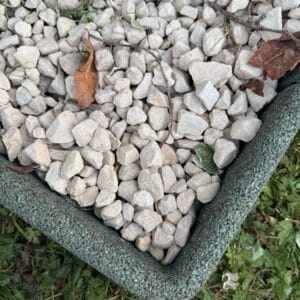
FlexiBorder Inside Corner Box of 2 Sage
£35.99 Add to basket -

Sage Spare Pegs
£3.95 Add to basket -
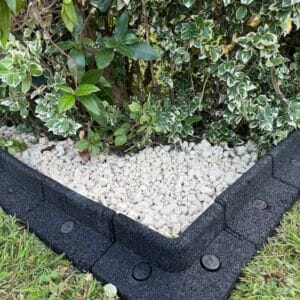
FlexiBorder Outside Corner Box of 2 Black
£35.99 Add to basket -
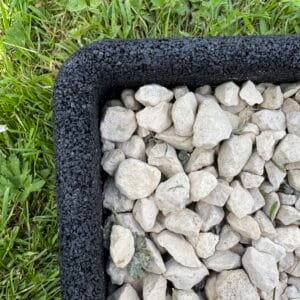
FlexiBorder Inside Corner Box of 2 Black
£35.99 Add to basket -
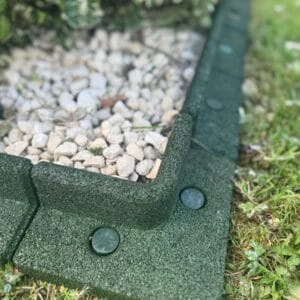
FlexiBorder Outside Corner Box of 2 Green
£35.99 Add to basket -
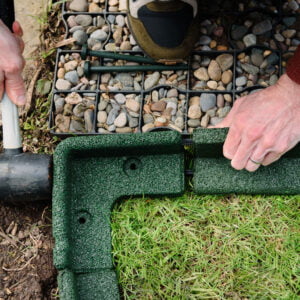
FlexiBorder Inside Corner Box of 2 Green
£35.99 Add to basket -
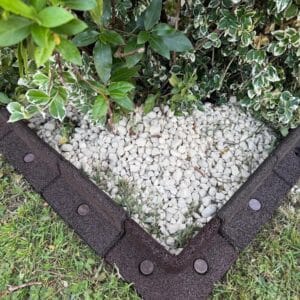
FlexiBorder Outside Corner Box of 2 Brown
£35.99 Add to basket -

FlexiBorder Inside Corner Box of 2 Brown
£35.99 Add to basket -
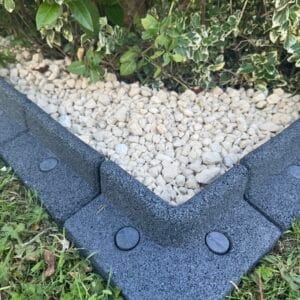
FlexiBorder Outside Corner Box of 2 Grey
£35.99 Add to basket -
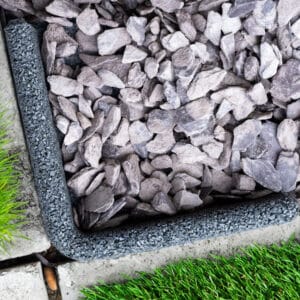
FlexiBorder Inside Corner Box of 2 Grey
£35.99 Add to basket -
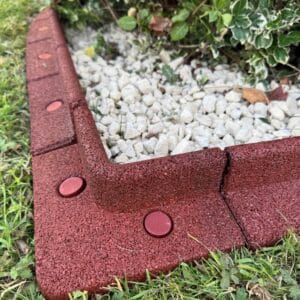
FlexiBorder Outside Corner Box of 2 Terracotta
£35.99 Add to basket
Frequently Asked Questions
What are the easiest steps I can take to encourage wildlife?
Start small with simple changes: add nectar-rich flowers, put out fresh water, reduce mowing, and leave a corner of your garden a little wild. These actions provide food and shelter for many species. Don’t use weed killers or slug pellets; use natural methods instead.
Do garden borders like FlexiBorder help wildlife?
Yes! Flexible garden borders help define planting areas neatly, but they’re also made from recycled materials, reducing waste. By keeping soil and plants contained, they make it easier to grow healthy pollinator-friendly flowers and create dedicated wildlife zones without spreading into your lawn.
How can I help pollinators such as bees and butterflies?
Choose a variety of flowering plants that bloom from early spring through late autumn. Plants such as lavender, verbena, and foxgloves provide nectar when pollinators need it most. Avoid pesticides, as they can harm beneficial insects.
What kind of water feature is best for wildlife?
If you don’t have space or time for a pond, even a small pond or shallow dish of water will attract birds, bees, and amphibians. Make sure there are stones or sloped edges so creatures can safely get in and out.
Further Reading
More information can be found on The National Trust’s website (link below)
https://www.nationaltrust.org.uk/discover/gardening-tips/how-to-build-a-wildlife-friendly-garden

